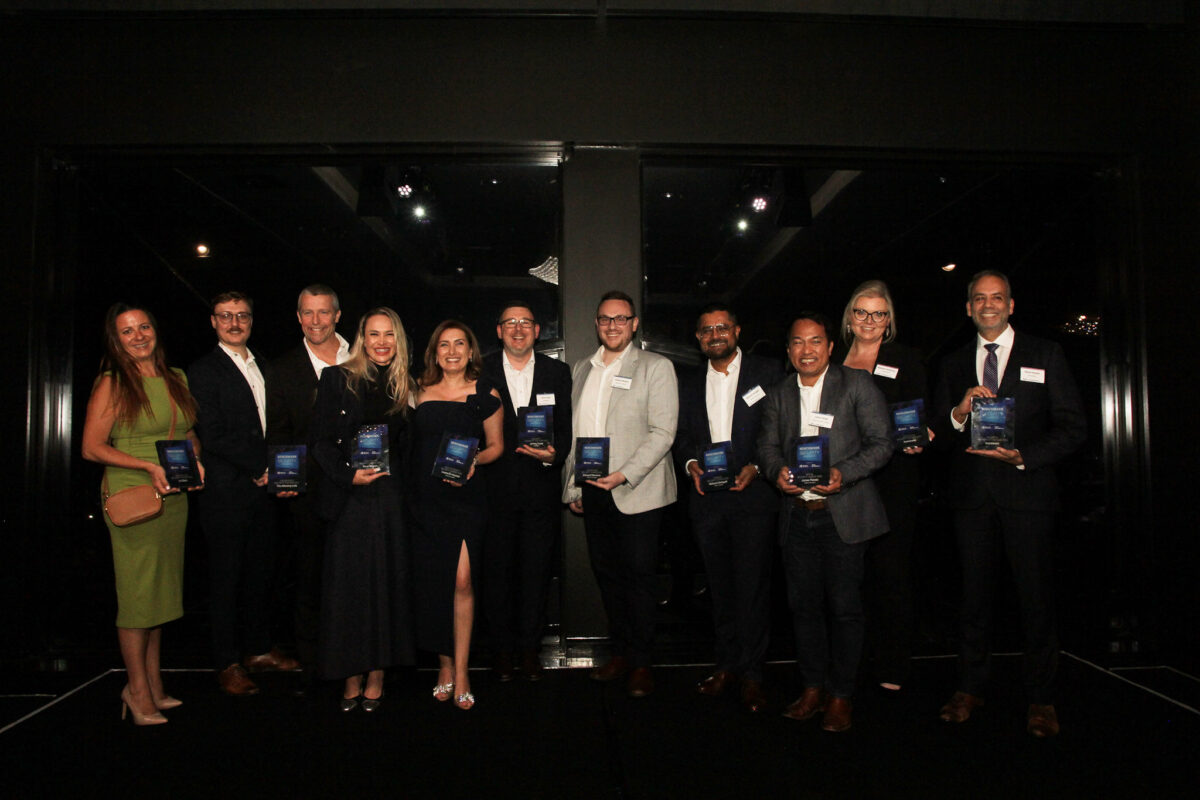BoM Finally Conquers SSL
We independently review everything we recommend. When you buy through our links, we may earn a commission which is paid directly to our Australia-based writers, editors, and support staff. Thank you for your support!

Quick Overview
- The Bureau of Meteorology (BoM) has transitioned its website to HTTPS for enhanced security.
- The shift is a component of BoM’s wider technology modernization initiative called “ROBUST”.
- Outdated applications posed major challenges to previous HTTPS implementation.
- The total expenditure on the upgrade was greater than initial projections, amounting to $86 million.
- Public reactions to the website’s redesign have varied.
BoM’s Path to HTTPS
Australia’s Bureau of Meteorology (BoM) has finally embraced modern web standards by adopting HTTPS, significantly boosting the security of its online services. This long-awaited change is part of an extensive technology revamp dubbed “ROBUST”.
What is HTTPS and Why It Matters
HTTPS, or Hypertext Transfer Protocol Secure, establishes a protected communication channel over the internet. It safeguards sensitive data from interception through encryption, greatly minimizing the chances of man-in-the-middle attacks.
Legacy Systems: The Key Obstacle
The slow adoption of HTTPS was primarily attributed to BoM’s dependence on aging systems. Many of these systems were not compatible with HTTPS, having been designed decades ago with HTTP protocols. The move to transition required substantial updates and replacements, which have now been mostly completed.
Cost Considerations of the Upgrade
The financial commitment for upgrading to HTTPS and revamping the website was considerable. The overall cost for the initiative reached $86 million, exceeding the initial budget of $31 million. Nevertheless, the undertaking was considered essential to meet global security standards.
Public Feedback on the Redesign
The revamped website has received a spectrum of feedback from the public. While some recognize the added security, others have raised concerns about the functionality and visual design of the site. BoM is continuously working to enhance the website based on user responses.
Conclusion
The Bureau of Meteorology’s upgrade to HTTPS signifies a pivotal moment in its digital transformation efforts. Despite the difficulties posed by legacy systems and budgetary excess, the enhancement elevates security and aligns with international expectations. Public reaction to the redesign emphasizes the importance of ongoing improvements.
Q: Why was the BoM website previously not utilizing HTTPS?
A:
The main cause was the compatibility challenges presented by outdated systems designed for HTTP protocols.
Q: What does the ROBUST program entail?
A:
ROBUST represents BoM’s initiative for modernizing technology, focused on upgrading and securing its digital framework.
Q: What was the cost of the website upgrade?
A:
The total cost of the upgrade was $86 million, which exceeded the original budget of $31 million.
Q: How has the public responded to the website’s redesign?
A:
The redesign has garnered a mix of reviews, with criticism directed at both functionality and appearances.
Q: What security advantages does HTTPS offer?
A:
HTTPS encrypts data transfers, thus decreasing the likelihood of data interception by malicious actors.
Q: Is the entire BoM website now secured with HTTPS?
A:
The majority of the website has transitioned to HTTPS, with ongoing efforts to secure the remaining sections.














